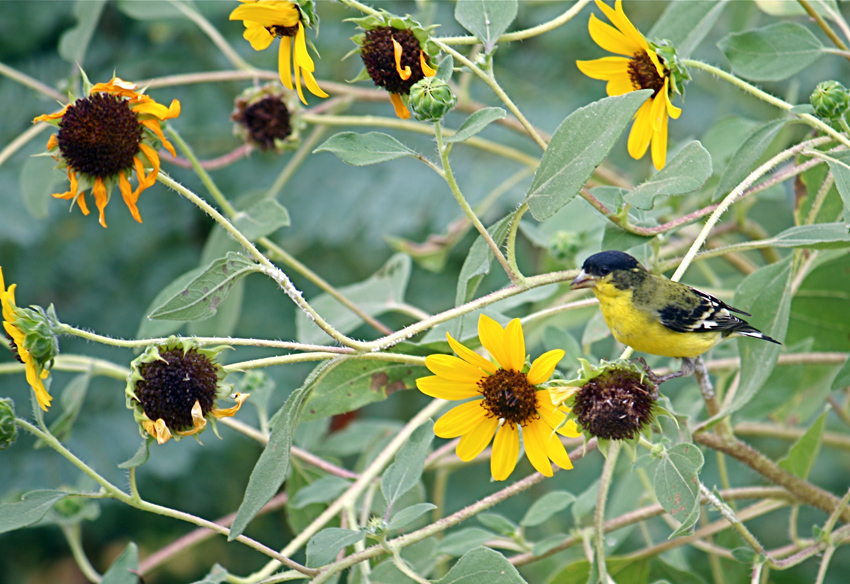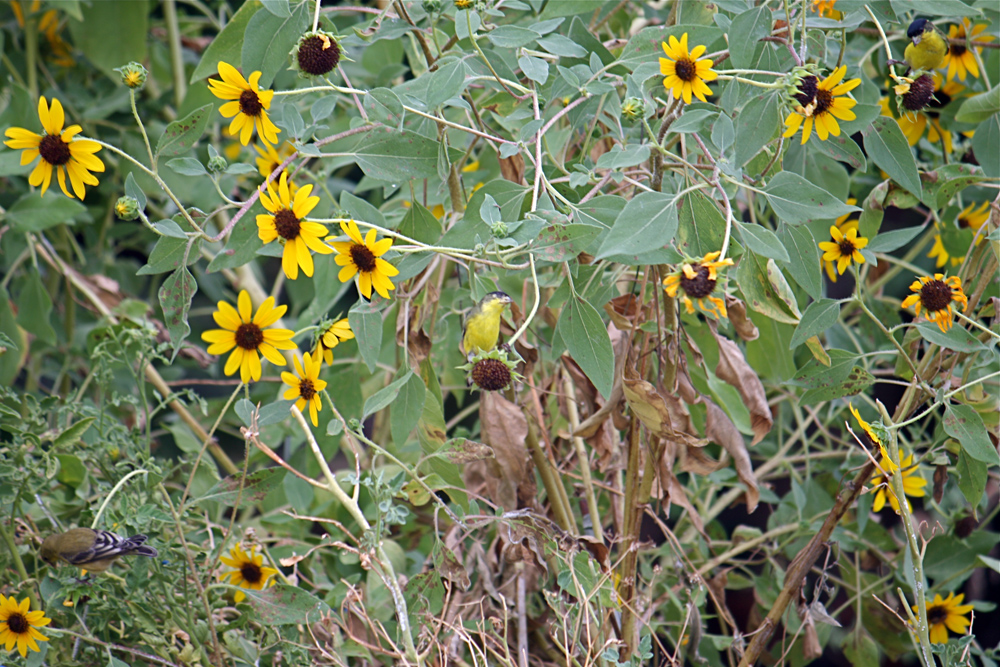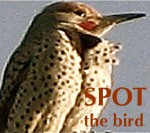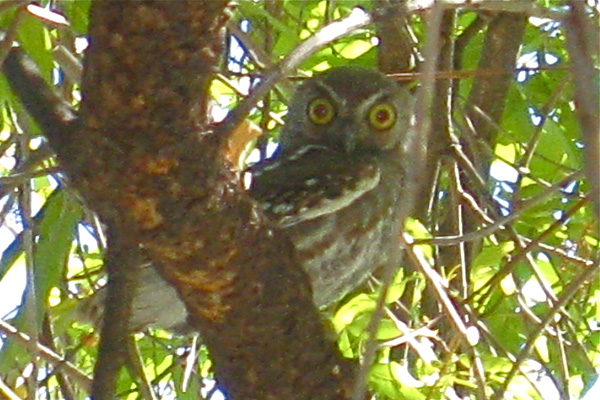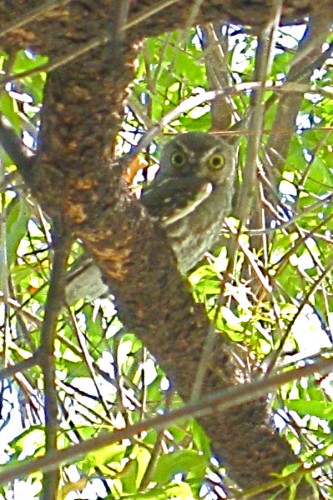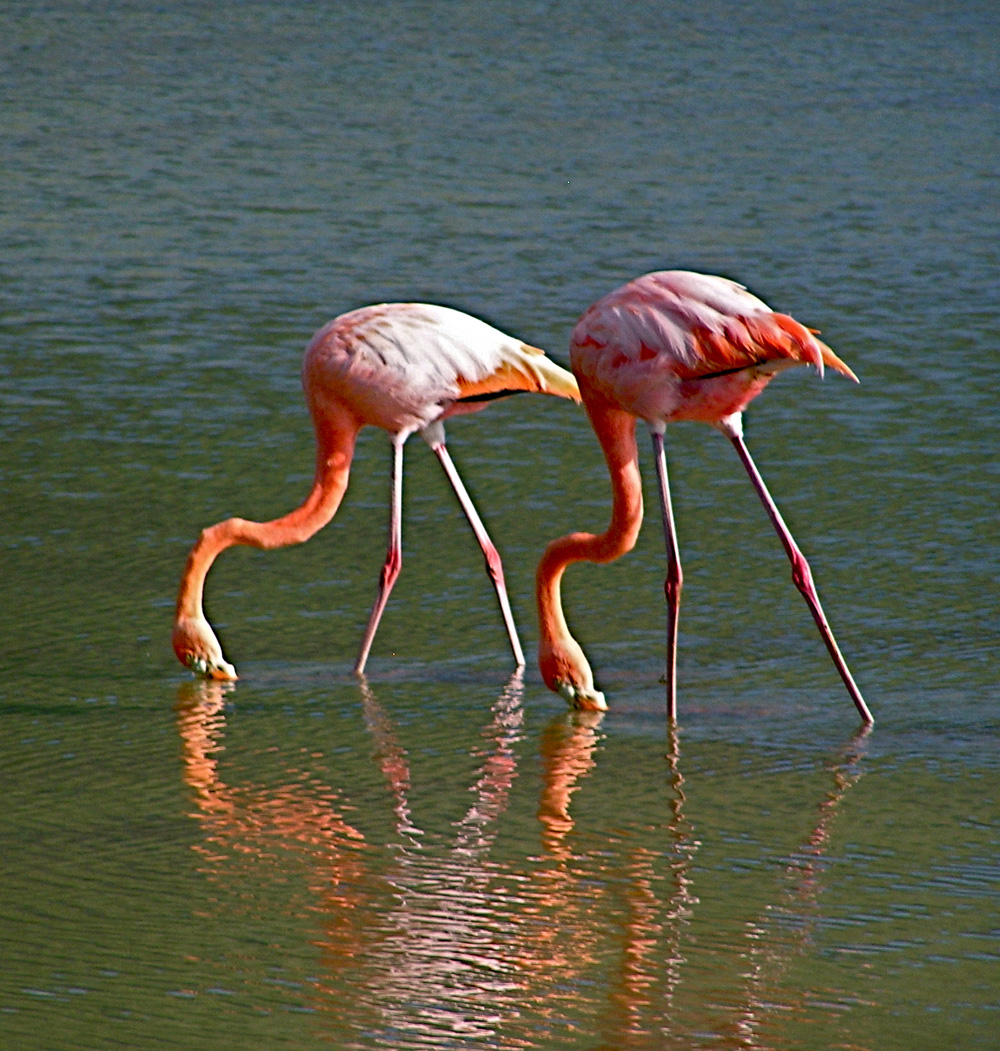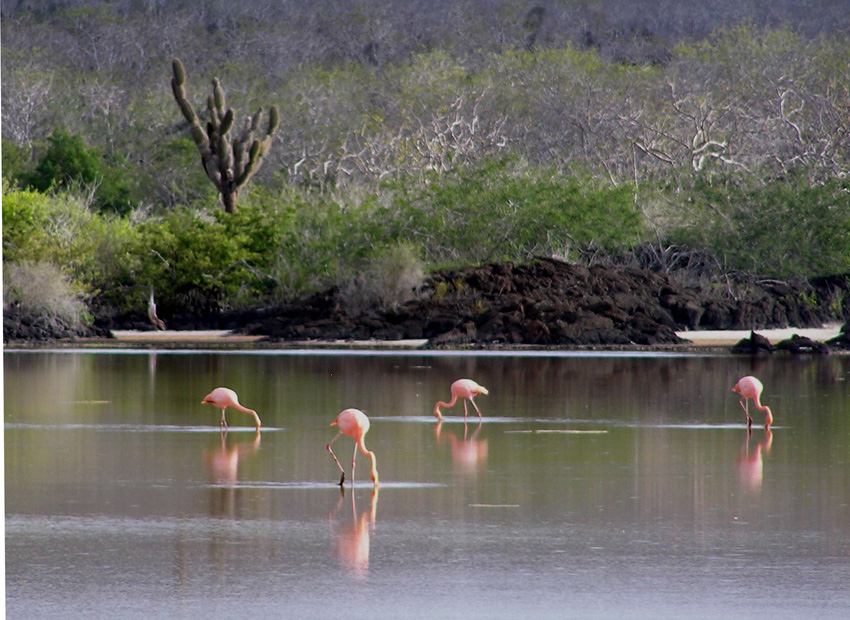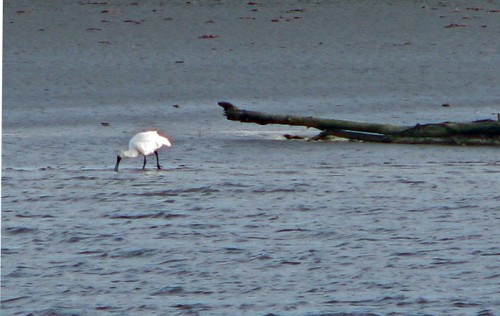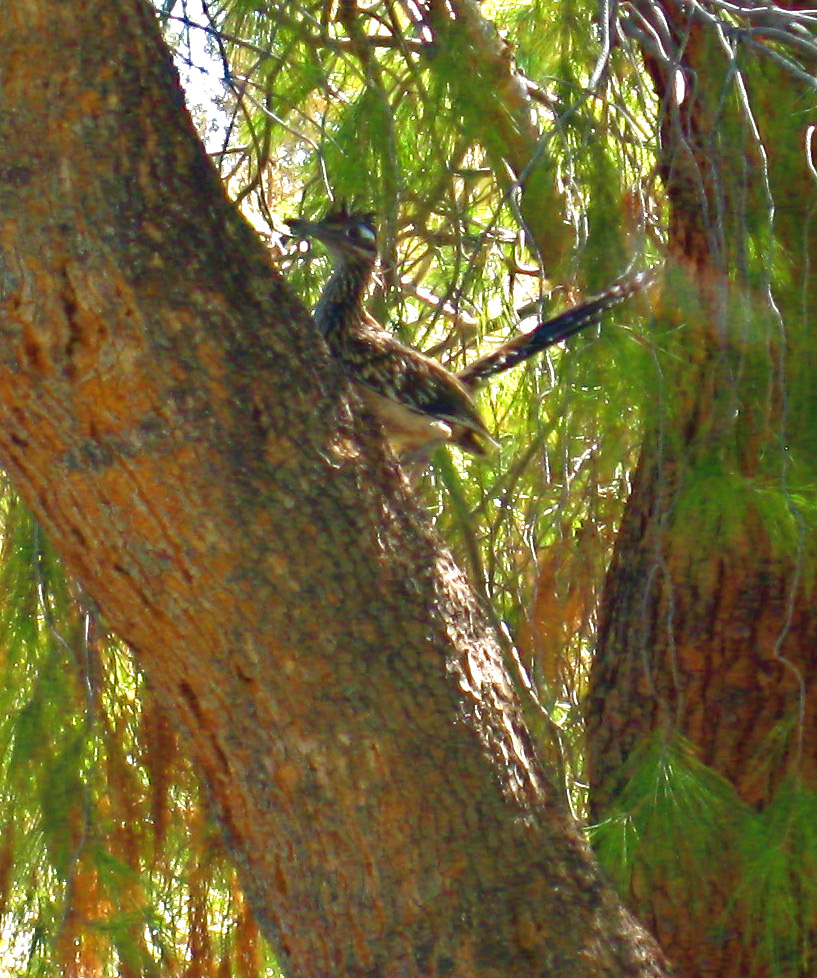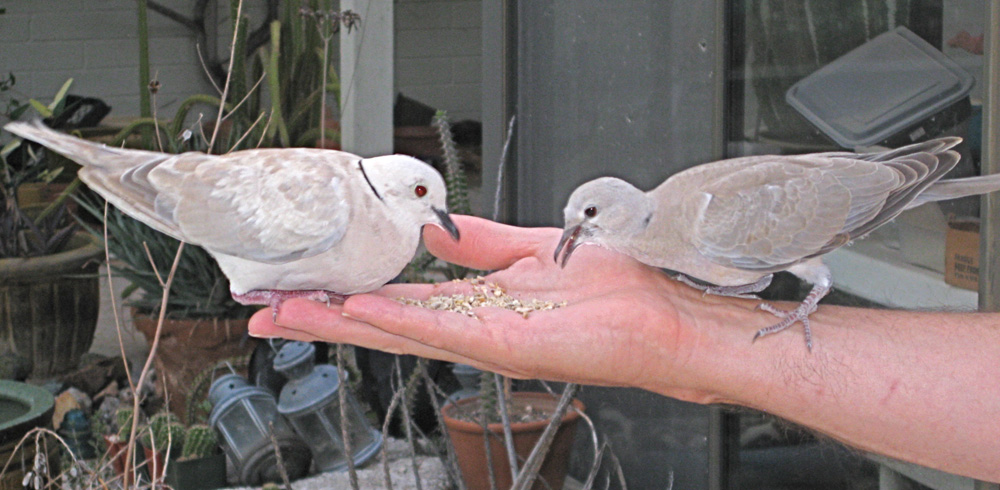Purple in the herbs
Our vegetable garden, like most vegetable gardens, requires continual effort. For the majority of these domesticated types of plants, the desert is not a “shove it in the ground and it will grow” environment. Rabbits and diggy-beaked birds are constantly helping themselves, peak summer heat (now thankfully past) and dryness make frequent watering necessary. So, we pick our battles: tomatoes, no; herbs and chiles, yes.
There are also typical ironies of gardening. Plants that we cannot get to grow in spots we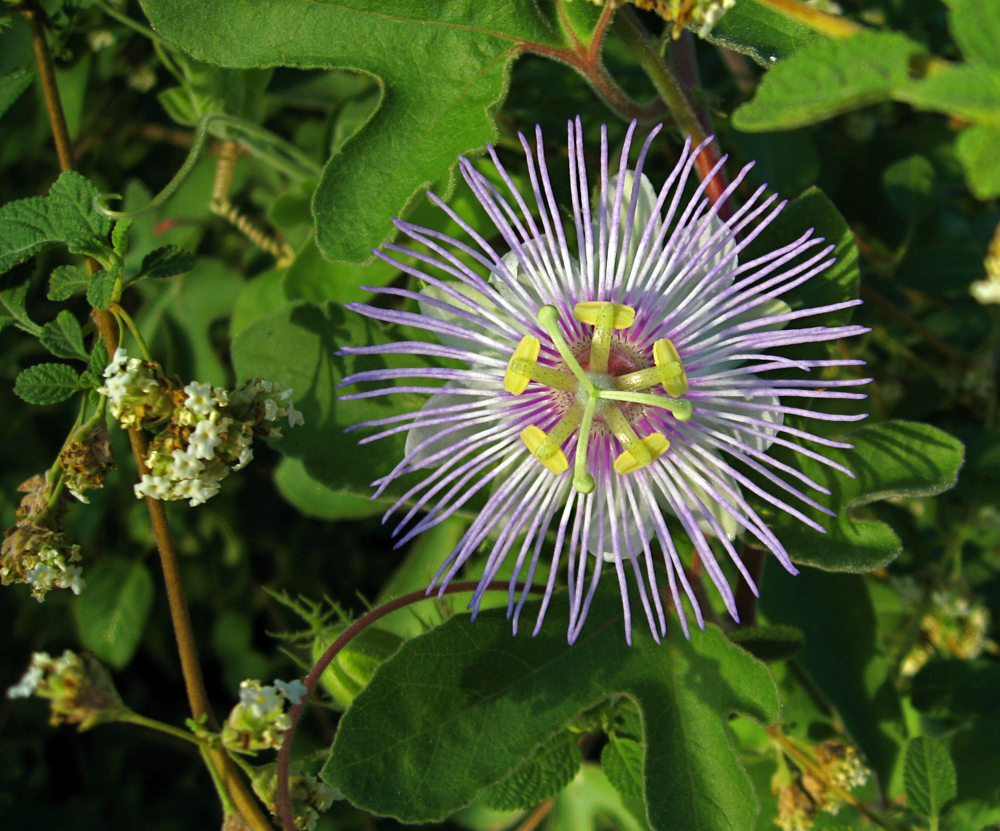 intend for them will flourish as volunteers in the most unlikely and sometimes inconvenient places.
intend for them will flourish as volunteers in the most unlikely and sometimes inconvenient places.
Passiflora foetida (Photo A.Shock) >>
The passionflower, Passiflora foetida, is an example. It will not grow on the fence we’d like it to hide; we’ve tried twice, it’s succumbed three times — once, after a miraculous Lazarus act accomplished by profligate watering, all the re-grown leaves were denuded by Gulf Fritillary caterpillars, which in the plant’s precarious resurgence, finished it off for good. (However, this fall our garden is full of gorgeous orange butterflies). Passionflower will grow untended — unwatered, even — between cracks in the pool deck, and, of course, in the vegetable garden, using the withered and sulky tomatoes as a support. Currently three volunteer passionflower vines (spawned from the beleaguered “lazarus” individual’s seeds) are boisterously and inconveniently twining through our herb garden. We let them; they seem so happy. Above is a photo of one blooming at dawn this morning, growing through another one of our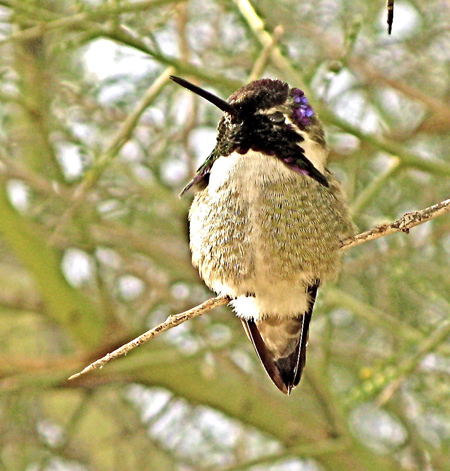 garden success stories, the Mexican oregano, with its less extravagant clusters of tiny white flowers.
garden success stories, the Mexican oregano, with its less extravagant clusters of tiny white flowers.
male Costa’s hummingbird, showing just a glint of purple behind his eye. In the right light, his entire gorget would gleam grape (Photo A.Shock) >>
Whether we get produce to the table or not, the garden is great habitat — young lizards abound, and this morning there was a spiffy male Costa’s hummer gnatting over the oregano, his moustaches way purpler than the lavender Passionflower he hovered over. Periodically he would rest, perching on a wire tomato cage, and sing his thin little wispy song, barely noticeable unless you know to listen for it. It’s their time of year: they seem to be the most numerous hummers in the yard, zipping around from perch to perch, chasing each other, “singing” and establishing their territories. News to interlopers: our garden, rich with suitable perches, flowers and tiny winged insects, is already claimed up.



